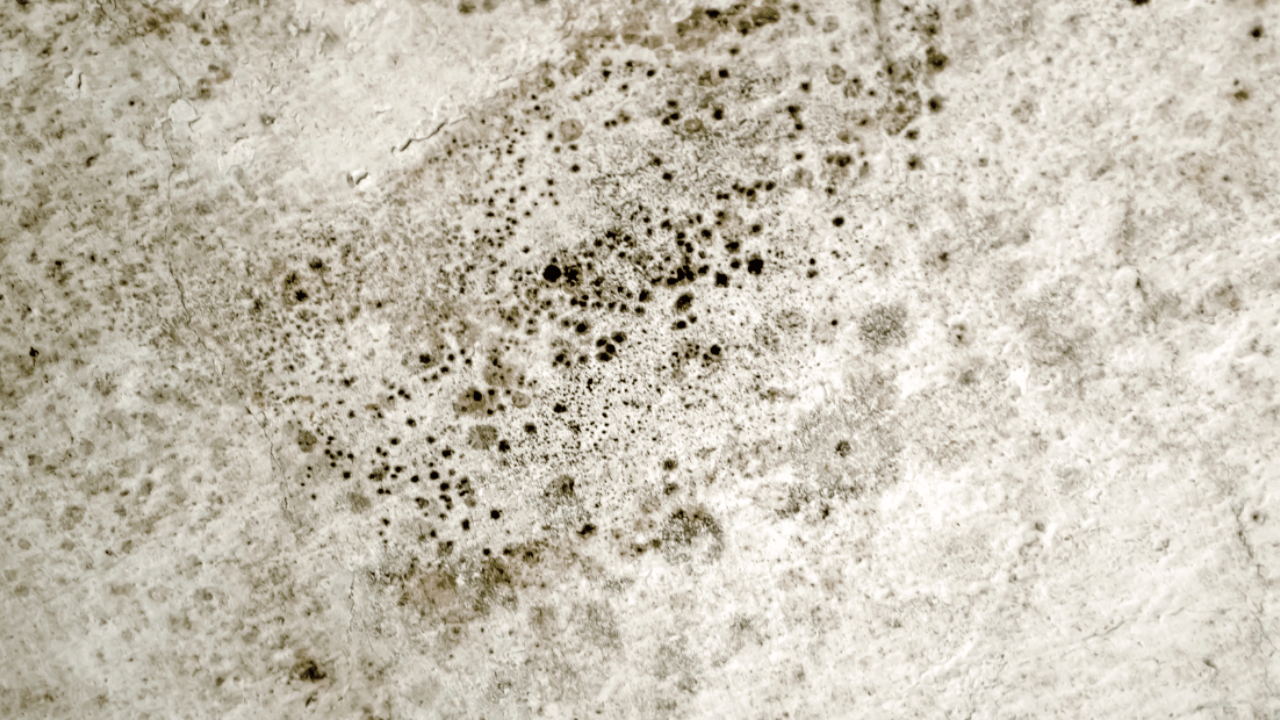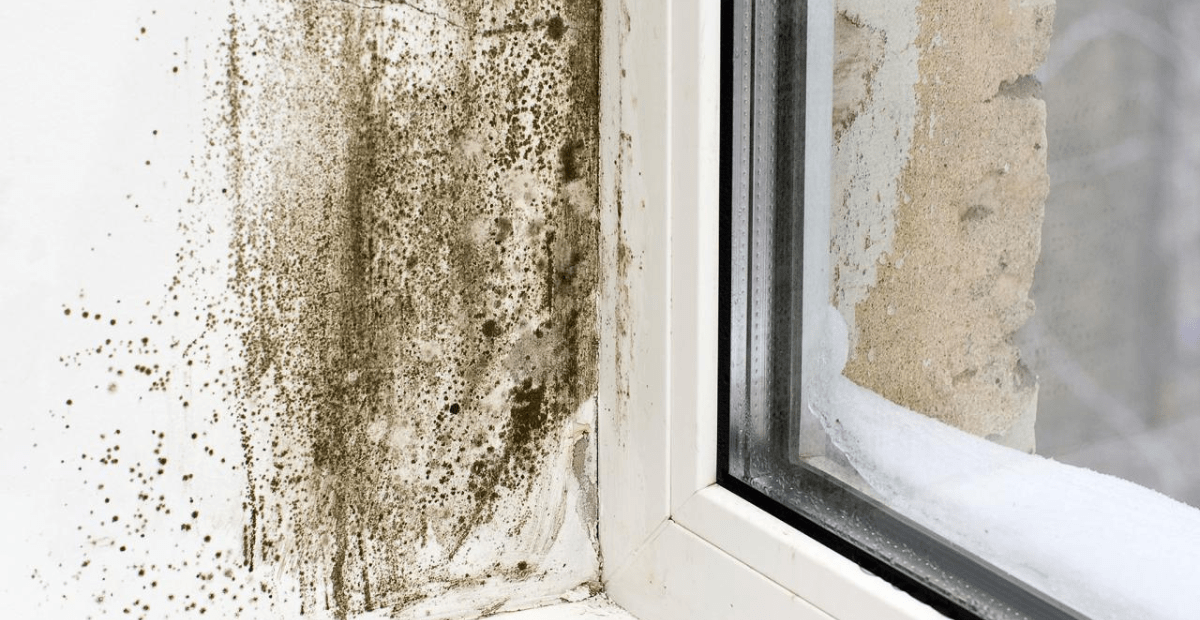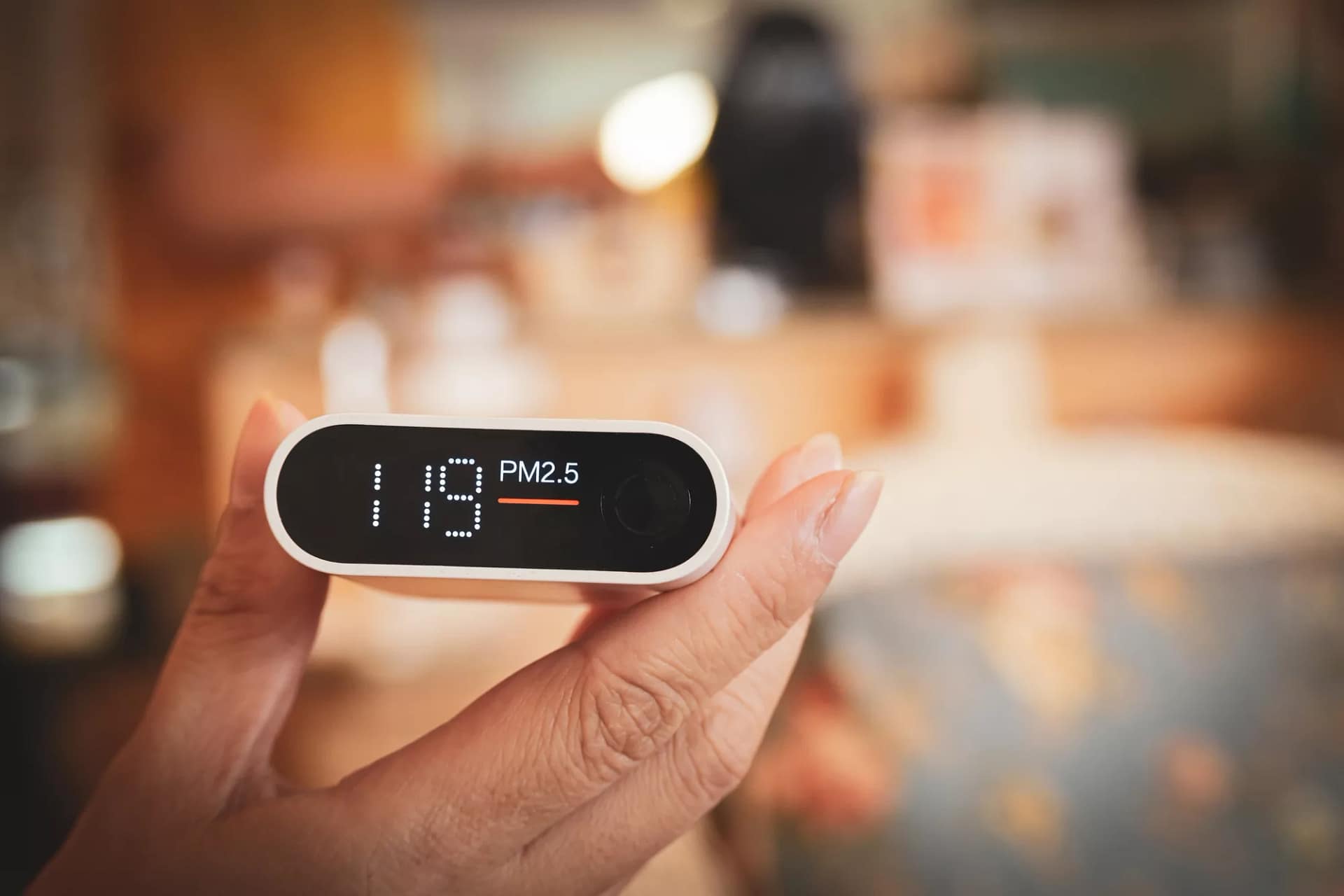Mildew and mold are terms often used interchangeably in everyday conversation, especially when referring to unwanted fuzzy or slimy growths found in homes or other buildings. However, despite their similarities, they are distinct entities with different characteristics, growth patterns, and health implications. Understanding the nuances between mildew and mold is crucial for effective identification, prevention, and remediation. In this article, we will explore the differences between mildew and mold, how to identify them, their potential health risks, and strategies for prevention and removal.
What is Mildew?
Mildew is a type of fungus that belongs to the group of molds. It is typically found on the surface of moist, warm areas and is characterized by its powdery or fluffy texture. Mildew usually appears as white or gray patches and primarily affects flat surfaces. Common places to find mildew include on damp walls, window sills, fabrics, and paper products. Mildew is less invasive than mold and easier to clean, making it less of a health hazard. However, it can still cause unpleasant odors and deteriorate the materials it grows on.
What is Mold?
Mold, on the other hand, is a broader term that refers to a wide variety of fungal species that can grow in fibers of a material, making it more penetrative and damaging than mildew. Mold appears in a range of colors, including black, green, red, or blue, and has a fuzzy or slimy texture. It tends to infiltrate deeper into materials, such as wood and drywall, causing more significant damage. Mold thrives in moist environments and can spread quickly if not addressed. Due to its invasive nature, mold poses a greater health risk than mildew, potentially causing respiratory issues, allergic reactions, and other health problems.
How to Identify Mildew and Mold
Mildew Identification:
- Appears as powdery or fluffy white or gray patches.
- Grows on the surface of moist, organic materials.
- Commonly found in bathrooms, kitchens, and other damp areas.
Mold Identification:
- Presents in a variety of colors, including black, green, red, or blue.
- Has a fuzzy or slimy texture.
- Often found on walls, ceilings, and in areas with water damage.
Health Risks
Both mildew and mold can pose health risks, especially to individuals with allergies, asthma, or compromised immune systems. Mildew exposure may cause headaches, throat irritation, and respiratory problems, although generally to a lesser extent than mold. Mold exposure,
particularly to toxic varieties like Stachybotrys chartarum (black mold), can lead to more serious health issues, including chronic respiratory problems, allergic reactions, and immune system suppression.
Prevention and Removal
Preventing mildew and mold involves controlling moisture levels in your environment:
- Ventilation: Ensure adequate ventilation in high-humidity areas such as bathrooms and kitchens.
- Dehumidifiers: Use dehumidifiers in damp spaces to keep humidity levels below 60%.
- Fix Leaks: Repair any leaks promptly to prevent moisture accumulation.
For mildew, removal can often be achieved with a mildew cleaner or a solution of bleach and water. It’s important to wear protective gloves and a mask to avoid inhaling spores. For mold, especially if the infestation is large or involves toxic varieties, professional remediation may be necessary to safely remove the mold and repair the affected area. The mold removal cost can vary widely depending on the extent of the infestation and the specific services required.
Conclusion
While mildew and mold are both fungi that thrive in moist environments, understanding their differences is key to effective prevention and treatment. Mildew, with its powdery appearance and surface growth, poses less of a health risk and is easier to clean. Mold, characterized by its varied colors and deep material penetration, requires more cautious handling due to its potential health risks and structural damage. By maintaining dry, well-ventilated environments, you can significantly reduce the risk of both mildew and mold growth in your home or workplace, ensuring a healthier and safer environment for everyone.



